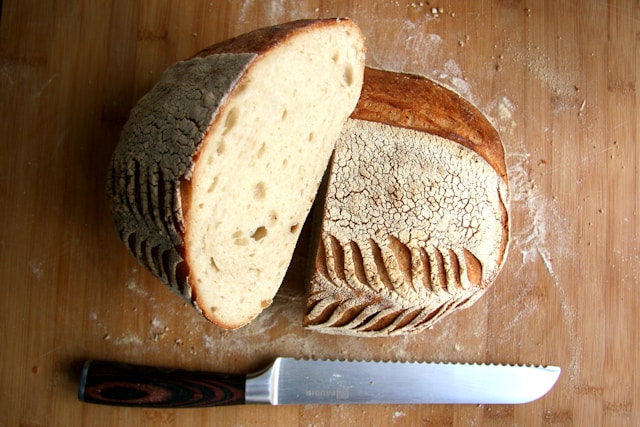Embarking on the path of sourdough baking is less about instant gratification and more akin to starting a rather delightful, flour-dusted relationship. It’s a journey, you see, one filled with bubbling starters, unpredictable timings, and the eventual, glorious aroma of a perfectly baked loaf filling your kitchen, perhaps even chasing away the chill of a Barrie morning. Many aspiring home bakers find the prospect initially daunting, but understanding the process and embracing the learning curve is the true secret ingredient.
The central figures in this culinary adventure are, of course, the home bakers themselves – individuals perhaps inspired by delectable bakery loaves or the simple desire to create something wonderful from humble ingredients. Often, beginners feel intimidated, much like cookbook author Molly Baz admitted to feeling when she began her own sourdough exploration earlier this year. Even seasoned cooks can find sourdough a unique challenge. The ‘who’ also includes the living entity at the heart of it all: the sourdough starter, a symbiotic culture of yeast and bacteria that requires nurturing and understanding.
So, what exactly unfolds on this sourdough journey? It involves cultivating and maintaining that starter, learning its rhythms of feeding and fermentation. It’s about mixing dough, feeling its texture evolve through stretching and folding, and patiently waiting during proofing stages. Crucially, it encompasses the home baking challenges inherent in the process: understanding how ambient temperature and humidity (factors we know well near Lake Simcoe) affect fermentation, deciphering the visual cues of a ready dough, and achieving that coveted oven spring and crust. It’s a hands-on science experiment unfolding on the kitchen counter.
When does this happen? The journey begins the moment a baker mixes flour and water, hoping to capture wild yeast, or activates a gifted starter. The ‘when’ continues indefinitely, marked by feeding schedules (often daily or weekly), proofing times (which can vary significantly), and the rhythmic cycle of baking, tasting, and learning. Perfecting your loaf isn’t an overnight success; it requires consistent baking practice over weeks and months. Patience is paramount.
Where does this magic take place? Predominantly within the home kitchen. This environment becomes a character in itself. The warmth of the room, the specific microbes in the air, even the type of flour available locally can influence the starter’s behaviour and the final bread’s characteristics. It’s a hyperlocal process, transforming a universal technique into something uniquely tied to one’s own space.
Why do people embark on this sometimes-tricky endeavour? For the unparalleled flavour and texture of authentic sourdough, certainly. But also for the deep satisfaction of mastering a traditional craft, the connection to basic ingredients, and the simple joy of pulling a beautiful, crackling loaf from the oven. It’s about embracing the process, not just the result. The learning curve itself becomes part of the reward.
How is success achieved? Through diligent observation and adaptation. Beginners need to know that early attempts may yield dense or overly sour loaves. As Molly Baz wisely suggests, releasing the pressure for immediate perfection is key. Success comes through repetition – feeling the dough, noting how it responds, adjusting variables like hydration or proofing time. It’s about understanding the ‘why’ behind each step and trusting the tactile feedback from the dough. Consistent baking practice builds intuition, gradually leading the baker towards perfecting their loaf, transforming flour, water, and salt into something truly special.
This sourdough journey is less a rigid set of instructions and more an invitation to learn, adapt, and ultimately, create deliciousness through patience and practice. Accept the imperfections, learn from each bake, and soon, the rhythm of sourdough will feel as natural as the changing seasons over Kempenfelt Bay.
References:
The Only Way You’ll Learn How to Make Sourdough at Home, According to Molly Baz

